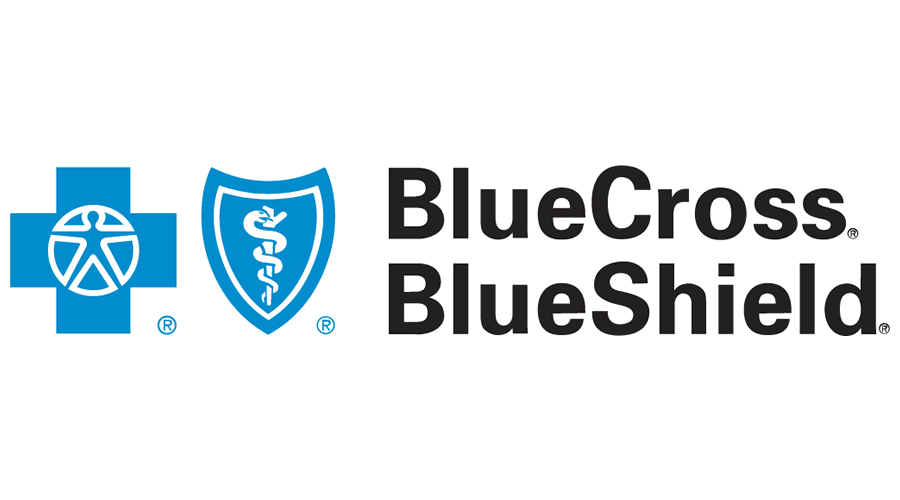Contents:
- What are the causes of herniated discs?
- What is the fastest way to heal a herniated disc?
- Can a chiropractor treat herniated disc?
- Technigues used by chiro to treat discs
- How painful is a herniated disc?

A herniated disc is a common health condition characterized by sharp, stabbing pain radiating from the back, going to the shoulders, arms, buttocks, or legs. If you experience any of these symptoms, it might be an indication of a bulging disc in your back or neck.
This condition is common in people between the 30 to 50 year old age bracket. Herniated discs happen when the jelly-like material inside your spinal discs pushes outwards and starts irritating the area’s nerves. It can happen at any of the discs, and, depending on the affected area, you may feel sharp pain, loss of sensation, tingling, and numbness.
In most cases, people find relief and recover from their herniated disc through medication and physical therapy. Improvements are seen within a four to six week period. In severe cases, surgery may be recommended as the last resort. There are other treatment alternatives that you may explore for quicker and safer relief and recovery from herniated disc conditions.
What Are the Causes of Herniated Discs?
Herniated discs result from natural and age-related wear and tear on your spine, causing disc degeneration. Children and young adults have discs with high water content, but as they age, this decreases, making the discs less flexible and begin to shrink. When this happens, the spaces between each spinal vertebrae become narrower, causing excruciating pain.
Here are the different causes of herniated discs.
- Physical Trauma – Physically traumatic events like a fall can cause herniated discs.
- Improper Lifting – Improperly lifting heavy loads can also cause this medical condition. For instance, using back muscles instead of your legs to lift these objects can place tension on your spine, causing herniation. Additionally, twisting when you lift makes your back more vulnerable.
- Repetitive Motion – Doing repetitive activities can strain your spine, especially for tasks that are physically demanding. If you work laborious jobs often, including constant lifting, pulling, twisting, and bending, it can put excessive pressure on your spine, causing herniation.
- Frequently Driving – Staying in a seated position can place tension on your spine and discs. Moreover, the vibration from the car’s engine makes this ten times worse.
What is the fastest way to heal a herniated disc?

There are several common ways to manage the pain and symptoms of a herniated disc. Here are some other treatment options for you to relieve the pain associated with a herniated disc.
Reduce Swelling and Inflammation
For mild conditions, relieving the inflammation will soon decrease the symptoms and pain. Ideally, you can apply a heating pad or ice packs in the affected area. Doing this will temporarily relieve the pain and reduce swelling. Do this for 10 to 15 minutes two times a day while you lie on your stomach with one to two pillows under your hips. If the symptoms persist, you should consult with your doctor for an evaluation.
Careful Movements
For your condition to improve, it is also crucial that you minimize pressure on your bulging disc. It is best to avoid wearing heels, standing or sitting for long hours, and sleeping on your stomach. Make sure to keep your back straight as you lift heavy objects, and avoid repetitive bending or reaching. Focus on having good posture when sitting or standing.
Special Exercises
Consulting a specialist regarding your herniated disc will also give you some ideas on how to do exercises and stretches to relieve the pain. A chiropractor will also teach you proper exercises that will reduce pressure on the disc and spine. As the muscles in the area become more robust, you will feel less pain and move freely.
Consult A Physical Therapist
Seeing a physical therapist will also help relieve the pain and symptoms that come with herniated discs. Likewise, they help train your body so that you can prevent future neck and back pain. Your physician and therapist should be working together to address the problems you have and lead to a quicker recovery.
Use Far-infrared Heating Pads
These heating pads can penetrate deeper than your skin level, safely and efficiently reaching the tissues and muscles underneath, relieving pain associated with herniated discs. Besides mitigating discomfort, it can also improve blood circulation to the affected areas, reducing inflammation, and promoting optimal healing by bringing in the needed nutrients.
Practice Egoscue
Egoscue is a branch of physical therapy that can help restore optimal posture and mitigate pain. That’s why it’s best if you consult with an Egoscue practitioner to help you formulate an exercise plan ideal for your specific condition and restore the ideal posture for your spine. That’s because if you continue to have bad posture, it will place extra tension on your herniated disc.
Fix Your Sleeping Position
The discomfort you feel from your lumbar herniated disc may worsen during the night, and you can alleviate the pain by sleeping in a position that relieves tension from your spine. These sleeping positions include placing a pillow under your knees to relieve pressure on the lower back and lying on your side with a pillow between your knees, keeping your spine straight and hips balanced. However, the best sleeping position and pillow placement depend on your affected areas, so try different positions to see what works best.
OTC Medications
Moderate pain from a herniated disc may also be relieved with over the counter pain medications for inflammation and pain relief. Some medicines that you can use are acetaminophen, ibuprofen, and naproxen. On the other hand, these medications only provide temporary relief from pain.
Surgery
Surgery is often the last resort for severe cases of a herniated disc. In most cases, it is done with minimal invasiveness with high chances of success. However, recovery can take a while. More so, you will need to rehabilitate your spinal muscles to improve functions and initiate full recovery.
Can a chiropractor treat herniated discs?

Many people hesitate when they are referred to a chiropractor to seek treatment for their herniated discs. When you are already in pain, having pops and cracks in your back can be disturbing. However, chiropractic treatments are among the best options to avoid or postpone surgery for these types of painful conditions.
Meeting a chiropractor for herniated disc treatment will start with an initial examination to determine if you are a chiropractic treatment candidate. Most patients suffering from a herniated disc may benefit from the advantages that chiropractic adjustment can offer. Your chiropractor may pull up your MRI, X-ray results and analyze your posture in the assessment phase. For patients with neurological issues or severe conditions, they may be referred to an orthopedic surgeon. If there is no other problem, your chiropractor will create a treatment plan for you. But keep in mind that the results will not be immediate, and there will be gradual improvements as you continue your adjustments.
Techniques Used by Chiropractors to Treat Herniated Discs

Chiropractors use various treatment techniques on their patients, depending on the results of the examination. Here are some of the common ones:
Flexion-Distraction
This chiropractic technique involves the use of a custom table where patients stretch out their back and spine. Chiropractors will use a slow pumping rhythm to work on the problem area. Stimulating the disc while the spine is stretched will help manipulate the disc back into its natural position. It will shift the disc away from the nerves. Thus the inflammation, pain, and other symptoms are reduced.
Pelvic Blocking
Another technique that they use is pelvic blocking. Patients are asked to lie down on the table and place cushion wedges under the pelvis. It will change your posture and alleviate pressure on the spine and disc for a while. Chiropractors may add weight to the lower abdomen to open the area and deepen the stretch. This technique applies low-force and is like a gentle exercise.
Manipulation Under Anesthesia
Manipulation under anesthesia (MUA) is typically performed on an ambulatory patient while at a care center or hospital. Medical professionals then place them under anesthesia named ‘twilight sleep,’ which sedates the patient for a short period, around 6 minutes max. Then, while the patient is sedated, a chiropractor will stretch and manipulate the body’s affected areas while in a relaxed state.
Traction and Spinal Decompression
Spinal decompression or tractions can mitigate pressure and tension from the spinal column, relieving pain from herniated discs. Most treatment programs will include a combination of traction or decompression, spinal manipulation, and distraction to aid in complete disc regeneration.
How painful is a herniated disc?

A herniated disc can happen in any part of the spine. Most people feel it in their lower back, but the herniated disc in the neck can be more painful. It can radiate towards the shoulders and arms. The pain may also shoot down into the legs or arms when you move, cough or sneeze. The pain can be described as burning, sharp, tingling, or numbing pain.








